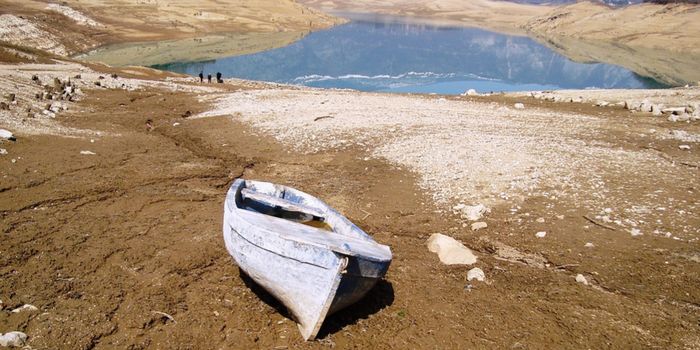National Megalodon Day: 5 Facts About Megalodons
Today is a special day for a special species of ancient Earth, Megalodons, also known as Otodus megalodon, as June 15 is officially celebrated as National Megalodon Day! On this celebratory day, we present five facts about Megalodons to help convey their awesomeness, even after they’ve long been extinct.
Image of a fossilized megalodon tooth. (Credit: Pixabay)
Fact #1: Megalodons lived during the Cenozoic Era, with the earliest fossil being dated at approximately 20 million years old. It is hypothesized the megalodon were the supreme dominant ocean predators for the following 13 million years before going extinct approximately 3.6 million years ago.
Fact #2: Megalodons were massive, weighing in at more than 60 tons (120,000 pounds) and measured between 50 to 60 feet in total length. Contrary to their size, it is hypothesized their lifespans weren’t that long, estimated between 20 to 40 years.
Fact #3: Megalodons possessed teeth as large as adult human hands with mouth sizes between 8 to 11 feet wide that contained six rows of 276 teeth, which allowed them to deliver a bite force equivalent to 40,000 pounds per square inch. This bite is measured to be at minimum three times greater than the T. Rex, and powerful enough to crush a single car. The largest tooth ever found was approximately the size of a standard TV remote control.
Fact #4: Megalodons were carnivores, with fossil evidence suggesting they frequently munched on dolphins and humpback whales, but their diet also consisted of seals, sea turtles, sea cows, and baleen whales, as well.
Fact #5: Megalodon fossil sites have been found on coastlines all over the world, including North America, South America, Europe, East Asia, Australia, and southern parts of Africa. As of February 2019, none have been found on the coastlines of Antarctica.
What new discoveries will researchers make about megalodons in the coming years and decades? Only time will tell, and this is why we science!
Sources: National Day Calendar, National History Museum, National Geographic Kids, Smithsonian
As always, keep doing science & keep looking up!









